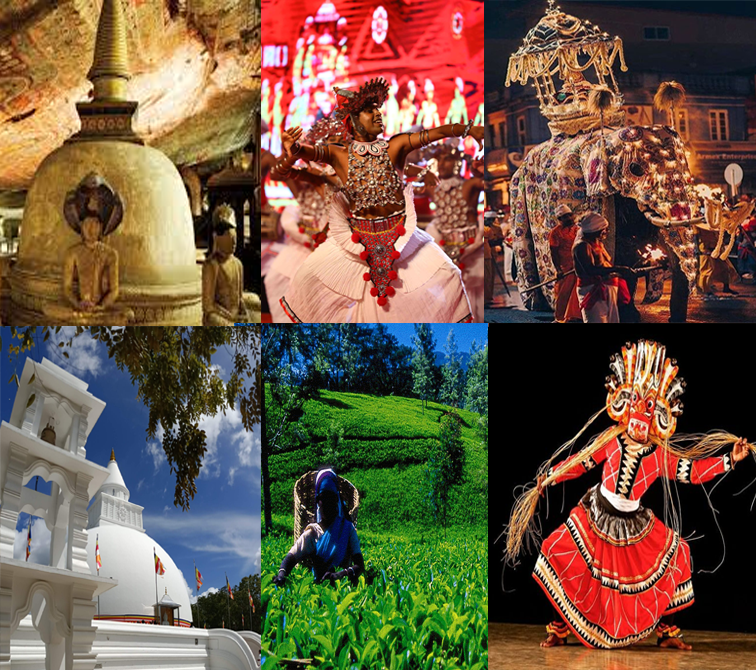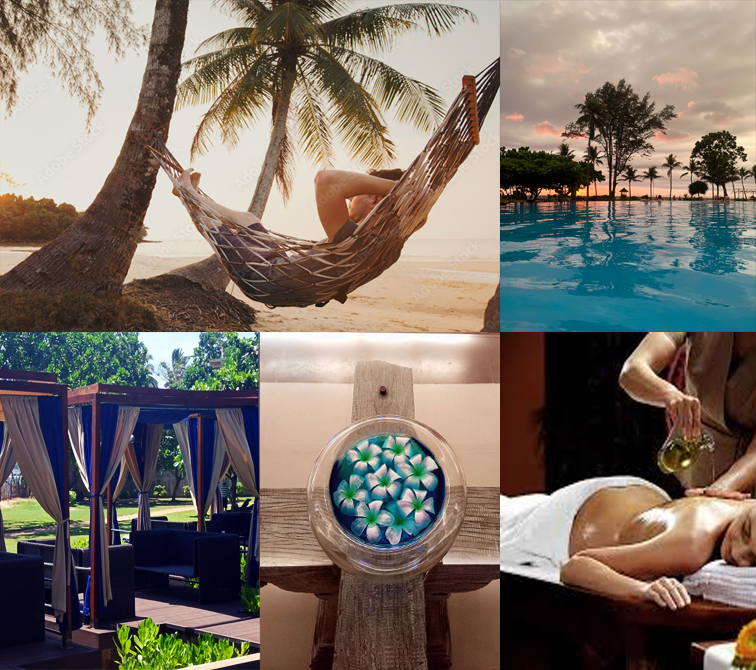National Parks in Sri Lanka
Yala National Park
Renowned as Sri Lanka’s premier wildlife destination is one of the best places to travel in Sri Lanka. Yala National Park boasts the highest density of leopards in the world, making it a dream for big-cat enthusiasts. Spanning dry forests, lagoons, and coastal dunes, the park shelters elephants, sloth bears, crocodiles, and over 200 bird species. The iconic Block I offers the best leopard sightings, especially at dawn. Beyond wildlife, Yala’s rugged terrain includes ancient rock formations and the serene Kumana Villu wetlands. Visit in the dry season (May–September) for optimal game viewing, and pair your safari with a stay at a nearby eco-lodge for an immersive wilderness experience. Block I of Yala – A strictly protected leopard habitat with limited visitor access.
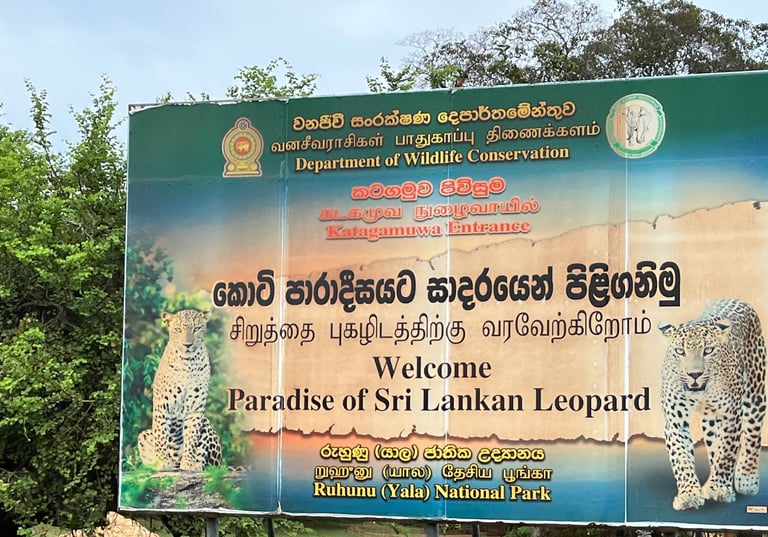

Wilpattu National Park
Sri Lanka’s largest and wildest national park, Wilpattu is famed for its natural lakes (“villus”) that attract leopards, elephants, and sloth bears. The dense forest cover makes wildlife spotting a thrilling challenge, rewarding patience with rare sightings like the rusty-spotted cat. Ancient ruins, such as the Kudiramalai Point (linked to Queen Kuveni’s legend), add historical intrigue. With fewer tourists than Yala, Wilpattu offers a raw, untamed safari experience—best explored over multiple days in a 4x4.
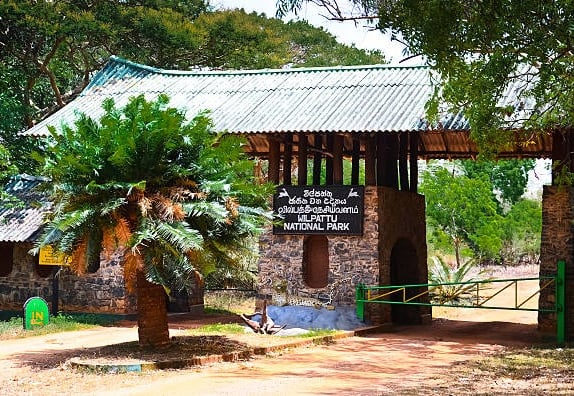

Lunugamvehera National Park
Spanning the border between Uva and Southern provinces, Lunugamvehera serves as a vital ecological corridor connecting Yala and Udawalawe National Parks. Established primarily to protect elephants and their migratory routes, this park features a fascinating mix of dry zone forests, grasslands, and the massive Lunugamvehera reservoir. Visitors can spot elephants year-round, along with leopards, sloth bears, and over 150 bird species including the rare black-necked stork. What makes Lunugamvehera special is its role in the elephant corridor system - during dry season (July-September), you'll witness herds moving between parks in search of water. The park's less crowded trails offer a more intimate safari experience compared to its famous neighbors, with excellent opportunities for birdwatching along its wetland areas.
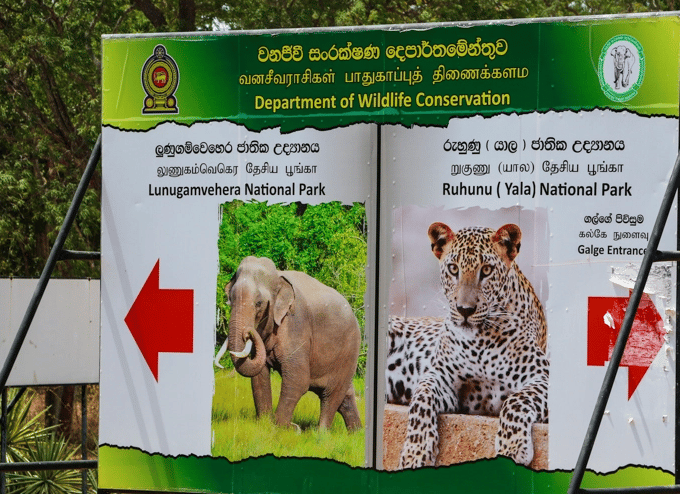

Horton Plains National Park
Perched 2,100 meters above sea level, Horton Plains is a misty highland paradise of rolling grasslands, cloud forests, and cascading waterfalls. The dramatic World’s End cliff drops 880 meters, offering panoramic views on clear mornings. Trek through moss-covered forests to spot sambar deer, purple-faced langurs, and rare birds like the Sri Lanka whistling thrush and sometimes even leapords. The Baker’s Falls trail leads to a picturesque waterfall, while the park’s cool climate and endemic flora (like dwarf bamboo) create an otherworldly atmosphere. Arrive early to avoid clouds obscuring the vistas.
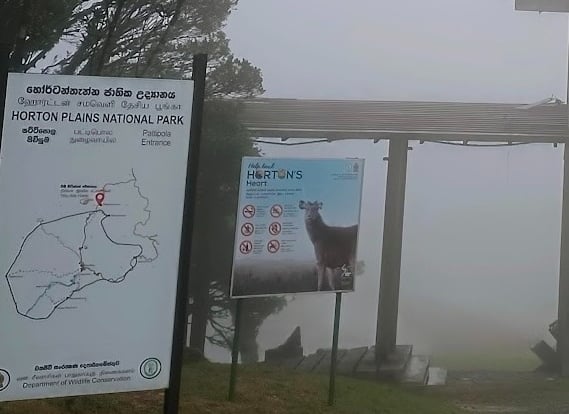

Udawalawe National Park
A sanctuary for elephants, Udawalawe guarantees sightings of majestic herds grazing near the sprawling reservoir. Unlike seasonal parks, Udawalawe’s open grasslands and water sources sustain wildlife year-round, including water buffalo, sambar deer, and endemic birds like the Sri Lanka grey hornbill. The Udawalawe Elephant Transit Home, a rehabilitation center, offers heartwarming glimpses of rescued calves. Jeep safaris at sunrise or sunset provide magical lighting for photography, while the park’s less dense foliage ensures unobstructed wildlife encounters.
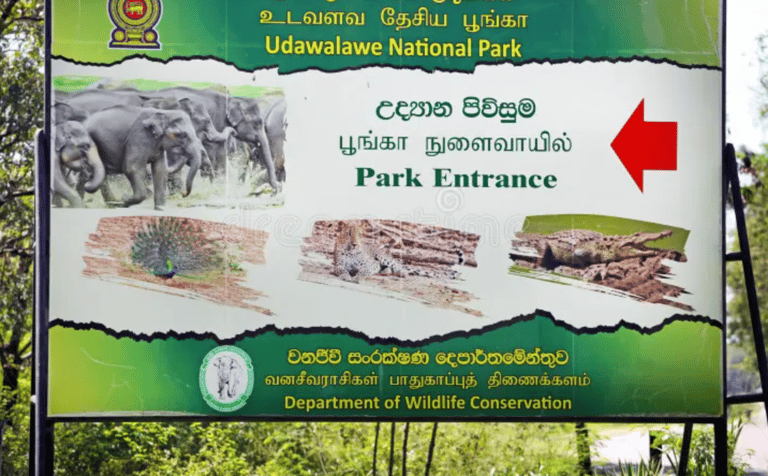

Wasgamuwa National Park
Steeped in both natural and historical significance, Wasgamuwa combines thrilling wildlife encounters with ancient ruins. This park protects one of Sri Lanka's healthiest elephant populations, with herds often seen near the Mahaweli River. Unlike more commercial parks, Wasgamuwa maintains a wild, untouched atmosphere - its dense forests shelter elusive leopards, endemic purple-faced langurs, and over 140 bird species. History buffs will appreciate the ancient Buddhist stupas and irrigation tanks dating back to the Polonnaruwa Kingdom, quietly nestled within the wilderness. The park's name translates to "land of bears," hinting at its healthy sloth bear population. Visit between May-September when animals congregate at water sources, and don't miss the stunning sunset views from the Sudu Kanda (White Hill) lookout point.
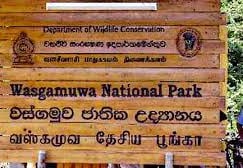

Minneriya & Kaudulla National Parks
These twin parks host the “Elephant Gathering” (July–October), where hundreds of elephants converge on Minneriya’s ancient tank to drink and socialize—one of Asia’s greatest wildlife spectacles. Kaudulla, nearby, offers similar sightings in a more secluded setting, with scenic backdrops of misty mountains. Both parks also shelter deer, birds, and occasional leopards. Evening safaris here are magical, with golden light bathing the herds as they emerge from the forests.
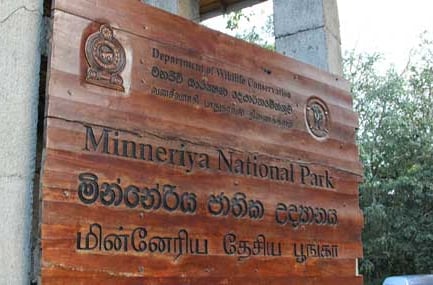

Gal Oya National Park
Unique for its boat safaris, Gal Oya lets you glide past elephants swimming between islands in the vast Senanayake Reservoir. The park’s indigenous Vedda guides share insights into their forest-based culture, while trails lead to hidden caves and bird-rich wetlands. Spot bears, leopards, and endemic reptiles in this offbeat wilderness, far from the tourist trail. Stay at a lakeside lodge for sunset views and the sounds of the jungle at night.
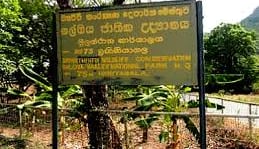

Kumana National Park
Often called "Sri Lanka's birding capital," Kumana National Park (adjacent to Yala) transforms into a spectacular avian paradise during nesting season (May-July). The park's centerpiece is the 200-hectare Kumana Villu, a mangrove-fringed lagoon that attracts spectacular flocks of painted storks, spoonbills, and pelicans. Over 250 bird species have been recorded here, including rare migrants like the black-capped purple kingfisher. While famous for birds, Kumana also shelters elephants, leopards, and the distinctive Sri Lankan golden jackal. The park's network of waterholes and coastal lagoons creates diverse habitats to explore by 4WD. For a unique experience, visit the ancient Kudumbigala Monastery nearby - a serene forest hermitage with panoramic views over the park. The best time for wildlife viewing is during the dry season (May-September), when animals gather at remaining water sources.
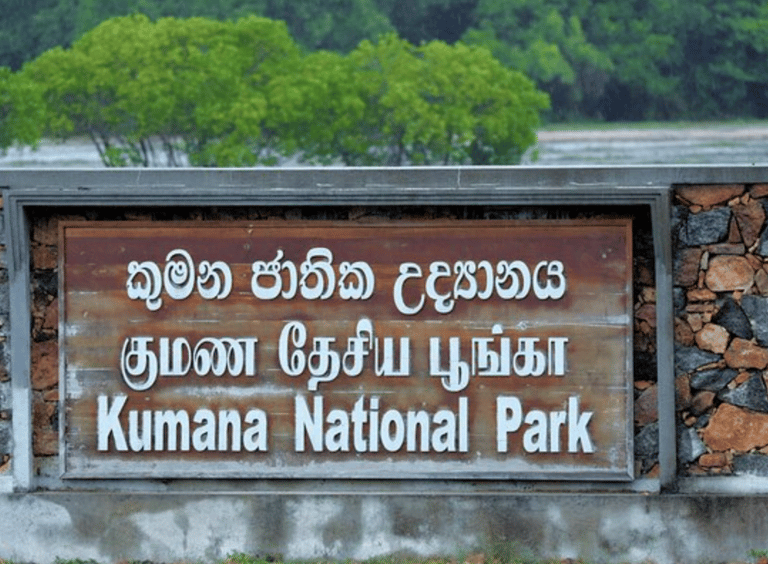

Bundala National Park
A UNESCO-listed Ramsar wetland, Bundala is a birdwatcher’s paradise, hosting flocks of greater flamingos, pelicans, and migratory shorebirds (November–April). The park’s salt pans, lagoons, and thorny scrublands also sustain elephants, crocodiles, and elusive fishing cats. Unlike busier parks, Bundala offers tranquil boat safaris along the Malala Lagoon, where you can spot waders and raptors in golden-hour light. Its coastal dunes lead to deserted beaches where endangered sea turtles nest. A hidden gem for those seeking solitude and biodiversity.
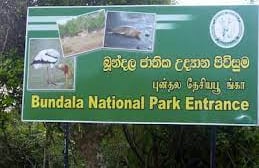

Pigeon Island National Park
Just off Trincomalee’s coast, Pigeon Island is a marine wonderland with Sri Lanka’s best-preserved coral reefs. Snorkel alongside reef sharks, sea turtles, and neon-colored fish in crystal-clear waters. The park comprises two islands—one with a lighthouse and the other a nesting site for rock pigeons. Protected as a marine reserve, its shallow lagoons are ideal for beginners, while deeper currents attract experienced divers. Visit between April and October for calm seas, and combine your trip with whale watching in Trincomalee.
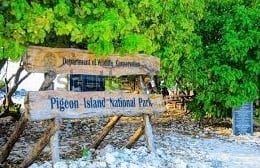

LET US ORGANIZE YOUR TRIP
Need a place to get away? There is no better corner in the world to hide from the dull everyday than the magical Bali. Relax on the picturesque beaches, visit numerous spas and reside in the breathtaking resorts this location has to offer and forget all of your worries.
CONTACT US
Sri Lanka is an amazing place to find exactly what you are looking for, be it relief from stress or an immersive culture. We can help you organize a memorable stay at one of the most magical places on the planet.



